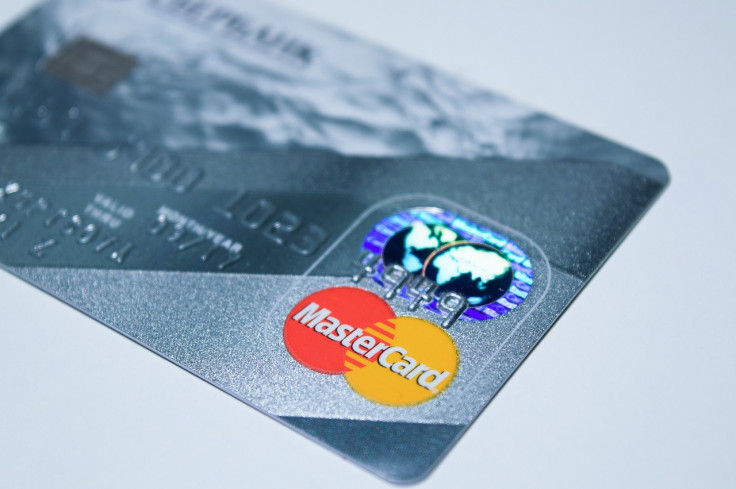Credit Card Fraud Cost Americans $1 Billion In 2023 As Identity Theft Cases Flare Up
Losses related to US identity theft cases jumped to $23 billion last year

Have you ever noticed a new credit card or loan account on your credit report that you don't recognise or inquiries for credit products you never made? There's a good probability that you may be a victim of identity theft. It is a form of financial fraud where threat actors use your personal data, such as your Social Security Number or government IDs, to secure new credit cards or file fake tax returns in your name.
According to the US Federal Trade Commission (FTC), over half a million cases of identity theft were reported in the first half of 2024, where most emerged from those aged between 30 and 39 in California, Texas, New York, and Georgia. Credit card fraud was the most prevalent type, followed by loan or bank fraud and benefits and tax-related fraud. There were around 215,000 cases of credit card fraud out of the 552,000 identity theft cases reported in the first half, with the figures expected to surpass those of 2023. Meanwhile, a Javelin Strategy & Research report estimated that losses related to identity theft cases in the US jumped $3 billion year-over-year to $23 billion in 2023 from $20 billion.
While credit card fraud related to existing accounts is on the rise, almost 90% of the time, identity thieves misuse your data to create new accounts. Stealing money through new accounts is easier because the consumer doesn't know about it. Meanwhile, existing accounts are difficult to crack as consumers or card issuers may notice suspicious activity and freeze the card to prevent further misuse.
Rise of Synthetic Account Fraud
Fraudsters are devising new ways to bypass security measures as cybersecurity firms and credit card issuers deploy multi-layered guard rails to protect consumers. Identity thieves are increasingly committing synthetic account fraud by combining real and fabricated details of victims to apply for credit cards and government benefits. According to TransUnion, the new way to steal money is among the fastest-growing financial crimes in the US, with attempts jumping 184% since 2019.
The retail and video game sectors are the top industries targeted by synthetic fraudsters. At the same time, loan providers like auto lenders and credit card issuers are highly susceptible to synthetic fraud. Losses related to credit card synthetic fraud in 2023 were an estimated $1 billion.
Financial Fraud May Have Extreme Impact On Victims
According to James E. Lee, the Identity Theft Resource Center's chief operating officer, identity fraud can devastate victims. His firm has seen a growing number of victims contemplating ending their lives over losing vast amounts of money to fraud. The percentage of people who thought about this drastic measure dramatically increased to 16% in 2023 from 2%- 3% in 2000.
The challenges around securing accounts after financial fraud are also becoming increasingly complex. Resolution times have almost doubled in two years, given the rise in sophisticated online fraud and an ever-growing number of new credit card accounts. Apart from the emotional distress due to money lost in identity cases, victims also pay an additional average out-of-pocket expense of $202 for the resolution process, which includes legal fees, postage charges, etc.
How To Stay Safe From Credit Card Identity Theft?
As a first step, credit card holders can avoid sharing sensitive information like Social Security and date of birth online or when filling out forms to reduce the chances of data theft. Sadly, consumer and business data are being compromised increasingly amid a steady uptick in cyberattacks across industries globally. The trend suggests that protecting personal data might require more effort than earlier.
Hence, staying on top of your credit score and changes to your overall credit profile from credit bureaus like TransUnion, Experian, and Equifax can help you contain identity theft attacks and even stop them before any damage. Credit profiles are mainly based on FICO models and include data like loan numbers, credit accounts, employer details, repayment history, outstanding balances, lender remarks, and personal information. When a threat actor uses your information to apply for a new credit product, the lender sends that information to the credit bureaus for entry into your credit report, which also impacts your credit score.
While regularly monitoring your credit profile can be costly and tedious, several emerging credit score and reporting platforms, like Credit Sesame, offer real-time notifications for changes to your credit report. They monitor vast databases of websites, including black market websites, and changes to credit scores and reports, such as new inquiries, addresses, and accounts, to help you spot early signs of data theft.
If you suspect identity theft, it is advisable to immediately report the suspicious entry in your credit profile to the bureaus and then to the company that reported it online and by mailing dispute letters. Credit card holders can also add security layers like multi-factor authentication and credit freeze (only if you don't plan to apply for loans in the near future) to block access to your credit history and make it difficult to open new accounts in your name.
© Copyright IBTimes 2025. All rights reserved.






















